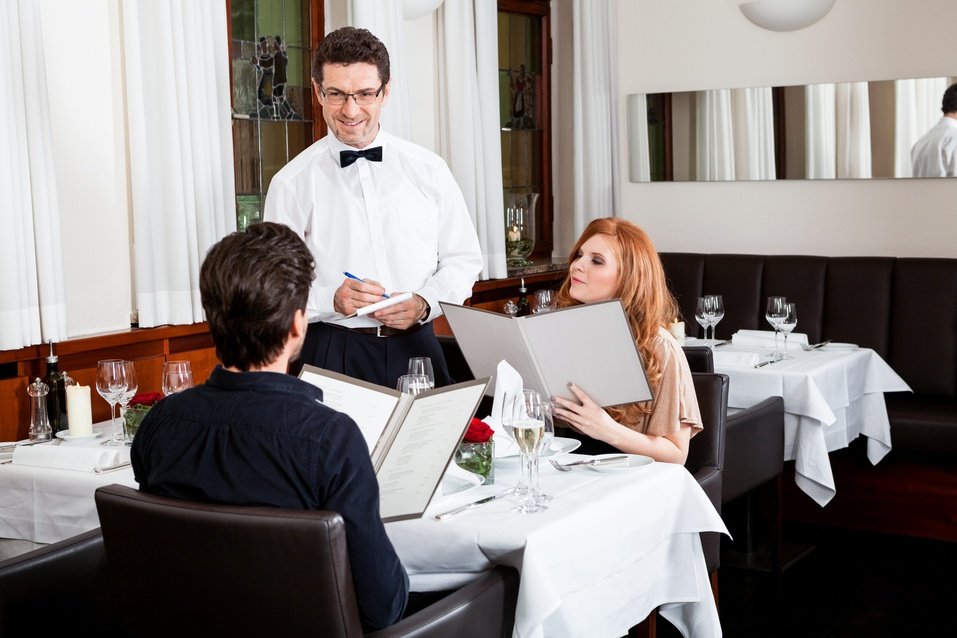
You may never have considered the way the menu is written at your favorite bistro or coffee shop. Descriptions of specials like the “Sedona Grilled Chicken Panini” or “Aunt Millie’s Maple Bars” are so common you might not realize that they are part of a deliberate, calculated strategy. Just as colorful, personalized content makes food seem more appetizing, creative content creation can make ordinary marketing content resonate better with your audiences.
Improved Perception = Improved Sales & Brand Loyalty
The biggest impact of descriptive, creative content can have is on brand loyalty -- the "feeling" a customer has about his or her purchase and the product seller. In one study by Cornell University, one of the most respected food and beverage marketing research departments, items available for purchase in a faculty dining facility were assigned either bare-bones or more colorful descriptions.[i] The ingredients, preparation, and presentation of the dishes were otherwise completely identical. Over the course of the six-week study, the researchers found that products with more descriptive labels sold 27% more than the plainly-named items.
More importantly, the customers who ate the food with descriptive monikers – which included nostalgic terms like “Grandma’s zucchini cookies,” geographic terms like “Cajun potatoes,” and textural terms like “satiny chocolate mousse” – consistently rated them as being of higher quality and a better value than did customers rating the products with regular labels. Customers who ate descriptively-labeled products also formed more positive attitudes toward the restaurant facility and credited it with being trendy and modern. The study noted that “not only did descriptive labels increase sales by 27%, they also increased the likelihood that customers would repurchase these items on a upcoming visit.” Describing the exact same product with language that evoked emotion, nostalgia, familiarity, and trust enabled the facility to improve customer satisfaction and loyalty to its brand.
Put Menu Psychology to Work for Your Business
A menu is a way for a dining establishment to efficiently, effectively communicate not only what each product is but convey why you would want to purchase it. Descriptive words appeal to many needs that a hungry diner might have, triggering desires to feel loved, comforted, and emotionally satiated as well as promising to fit their nutritional requirements.
You can create content for your own business, whatever goods or services you provide, that mirrors this strategy. If you build custom homes, for example, crafting your website and consumer-facing content around the idea of building custom homes that meet each family’s unique needs and help assure their security, comfort, and happiness will likely be more effective than describing how well engineered and efficient your custom built homes are.
Developing a brand strategy using descriptions that appeal to your buyer personas can also help your target market feel like your product or service contributes to their sense of identity. Think about advertising for popular electronics and computers: what kind of person buys an Apple/Mac product versus a PC consumer? The kind of descriptive words that the respective manufacturers use target the former audience’s emphasis on creativity and individuality and the latter’s on dependability and economy.
Creative Content, Not Confusion
Obviously, your business shouldn’t obscure or hide relevant facts about its product or services with flowery language and bluster. Effective, professional content creation seeks to enhance rather than obfuscate, e.g. “Garlic-Rubbed Tuscan Grilled Chicken” will generally be more effective than “The Happy Rancher” as a sandwich name. While the first description makes it clear what is being offered, and makes it sound tasty and appealing, the second is just confusing. In order to figure out what kind of food that is, exactly, a potential consumer would have to continue reading -- and every second can be vital to attracting and keeping potential consumers' attention online. While some ambiguity can pique interest, too much can make it impossible for your potential customer to know exactly what it is you’re offering, causing them to become frustrated and potentially ruining a sales opportunity.
For example, if you are an IT service/computer repair company with a website advertising “Turbocharged Communications” and “24/7 High Speed Success,” you should make sure to include descriptors that make it crystal clear precisely what services you actually offer and to whom. Conversely, you don’t want to just set out a no-frills laundry list of technical capabilities. An effective first-impression description on your website would combine descriptive modifiers with straightforward, easy-to-understand language, like: “XYZ Systems is a family-owned computer service and repair company, offering 24/7 IT services and friendly tech support to businesses and individuals in the Des Moines, Iowa area.”
If you need help creating descriptive, engaging content for your business or personal website and marketing materials, contact Blue Frog marketing. We can help your business refine its content marketing and brand strategy, develop custom content that fits your brand, and manage your social media content. If you're ready to find out how professional custom content creation can improve your SEO and marketing, contact us today!
[i] http://foodpsychology.cornell.edu/sites/default/files/unmanaged_files/descriptivemenulabels-2001.pdf



